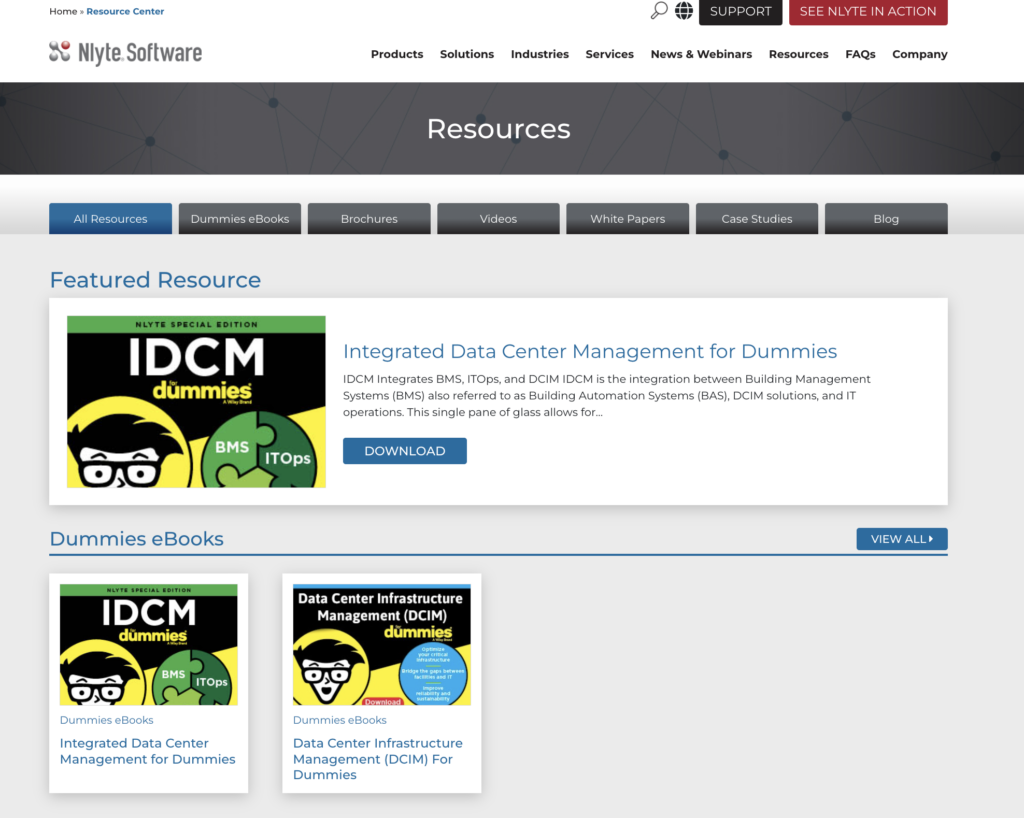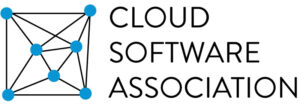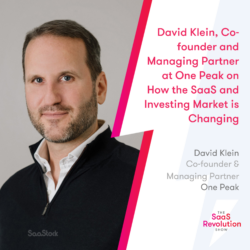You’ve all felt the pain of launching new features or a campaign, excited to hear raving feedback. But then… Crickets. Zilch. Nada.
Not a loyal customer or engaged customer in sight. Except for your mom? (Hi, mom!)
But here’s the deal.
You need great customer engagement.
As a SaaS founder, your customers are your bread and butter. They’re the captains of the ship. And without customer support, your role would look a lot different (as in non-existent).
But learning how to engage with customers can often feel like a full-time job. How can you be responsible for a team, creating and marketing new products?
Use customer engagement strategies that help your company grow. That’s it!
Feeling stuck on what or how that could look like? We’re here to help.
This article explains customer engagement, why it’s important, and its benefits. You’ll learn engagement strategies and a formula to measure your success.
Ready to learn how to make the most of customer engagement?
Let’s begin!
What is customer engagement?
Customer engagement is how present a customer is when they stumble upon your brand.
For instance, do they stop and read your blog content (like you’re currently doing with ours? 😉)
Do they respond to your questions in social media posts?
Do they provide feedback to help with the design process for new features?
Do they take the action you’ve asked them to take in your newsletter’s CTA?
If the answer is yes, you’re making an emotional connection with your customer.
Customer engagement focuses on the following over the customer lifecycle:
- The quality of your customer relationships
- How often do customers take part in your brand
- How customers take part in your brand
Explore the quality of your customer relationships. Look at each customer interaction:
- Context: In what context do customers interact with your brand?
- Time: How much time are customers investing when interacting with your brand?
- Frequency: How frequent or sporadic are your customer interactions with your brand?
Why does customer engagement matter?
Customer engagement lets you know how well your marketing and product design work.
If you understand how customers think and feel about your brand, you can change if things go wrong.
Customer engagement strategies can help you create a thriving business. It finds design glitches, feature favorites, and what your customer base likes.
Measuring customer engagement can help you learn how to:
- Personalize the customer experience
- Refine or redesign your product
- Make adjustments to product features and pricing
- Tailor your communication style to a potential customer
- Boost brand awareness
- Prevent customer service and experience mishaps from happening in the future
Customer engagement benefits
Measuring and applying customer engagement strategies comes with a full host of benefits.
Here are some examples.
Building trust and loyalty
The more interactions your customers have with you, the more they’ll begin to know, like, and trust you. You can nurture this trust by showing up and delivering value in the form of white papers, eBooks, how-to videos, and email newsletters to further enhance customer engagement with your product and services.
In the screenshot below you can see Nlyte’s resource page filled with in-depth guides that transform complex topics around colocation data center and infrastructure management into easily digestible “Dummies eBooks”, brochures of their software solutions, and case studies from other satisfied customers, making it easy for new prospects to engage and convert.

And there are many creative ways to do that. For example, many businesses create Instagram stories to build trust and engage customers.
Developing meaningful customer relationships
Building trust can help your company develop meaningful relationships with your customers.
During onboarding and meetings, take time to learn names and solve problems. This is how you’ll form relationships and drive customer success.
Having a data storage solution is essential to building meaningful customer relationships. Customer data platforms are used by sales and marketing teams to create a single view of the customer by capturing, modeling, and activating customer data at scale. A composable CDP goes one step further by enabling data activation directly from the cloud data warehouse.
Encouraging repeat purchases
One of the best things about customer loyalty? Reaping its monetary rewards.
Loyal customers are notorious for repeat purchases — that’s why they’re considered “loyal”. 💕
Gaining valuable feedback
When customers answer one of your polls or surveys, you get valuable customer feedback. Use it to improve your product and business.
Creating advocates
Engaged customers create powerful advocates for your product. They share their experiences with friends and family. It’s the purest form of word-of-mouth marketing.
Customer engagement strategies
Use these customer engagement strategies to kick off your next campaign:
1. Use DMs
Know where your customers are. Consider engaging with them on these platforms.
DMs — or direct messages — let you communicate with an existing customer.
The best platforms for DMs with push notifications include:
- Live chat
- Slack channels
- SMS messages
2. Design and develop products with a CMS platform
Give customers a more direct role in product development by letting them help.
Use a CMS platform to help you design and develop products together. When customers play a role in the design process, they will more likely want to engage with your brand. And using a CMS is an important way to improve how you interact with your customers.
A CMS also helps you work with others in real time. Now it’s easier to finish projects faster and with better quality. If you’re short on ideas, you can use an AI text generator as a starting point to create content that will be more engaging for your customers.
3. Discuss feedback and ideas with your community
Customer feedback is valuable. It makes your product better by creating new features that your community wants. Screenshots of user requests can be a helpful visual aid in understanding their needs. To capture and organize these screenshots effortlessly, consider using the best screenshot tools available in the market today.
How? Having all feature requests in one place gives you incredible insights. You’ll learn about user needs, preferences, and experiences.
Using this information can then inform product development decisions. For example, it can identify how to improve products and where to introduce new features.
By listening to customers, you can create better products that meet their needs.
4. Ensure your Website Accessibility
Web accessibility refers to the practices used to ensure that all website visitors, regardless of potential disabilities, impairments, or limitations, can access websites. It requires adhering to specific design principles to deliver an inclusive experience, guaranteeing that users with difficulties or limitations have the same or a similar experience as those without.
By prioritizing the accessibility of your website, you not only create a better user experience for all visitors but also enhance customer engagement.
Implementing web accessibility can be challenging, especially for startups and small companies with understaffed engineering departments. However, businesses like accessiBE provide solutions, like accessibility checkers, to help businesses of any size and with a range of resources, developers, and budgets achieve web accessibility.
5. Add privacy policies to help customers feel safe to engage with your brand
Data privacy awareness has shaped the online world’s trajectory.
Businesses use data protection methods such as threat intelligence (e.g., Cyware) to keep data available, secure, and accurate. This also prevents misuse of data.
Why does this matter?
For customers to engage with your brand, you need to make sure they feel safe enough to do so.
Pay attention to laws like General Data Protection Regular (GDPR). Or the California Consumer Privacy Act (CCPA) for data guidance. Thus, improving users’ rights over their private information by establishing consent. This requires businesses to have a comprehensive data privacy policy.
Product businesses rely on data analytics to drive decisions. So, it’s important to use a cookie consent manager which helps you with collecting the data.
This is a special page called a “privacy statement.” It talks about how a company uses AI video-based safety programs. The main points of the page are to:
- Explain how the company handles information
- Share how someone who uses their service can control their own information


The result? Customer trust.
6. Fall in love with email marketing
In 2021, US users spent 172 minutes daily checking their personal emails. They also spent around 149 minutes checking their work emails every day. With this usage in mind, it’s no wonder brands can’t afford to ignore the power of email marketing.
Use customer groups to improve your email engagement rates. Then, personalize each campaign.
Add CTAs and questions to encourage customers to talk back to you and complete an action.
For instance, ask customers what they think about a product feature you rolled out. Or, ask them to download a freebie. Or sign up for an upcoming webinar in a form on your contact center to nudge them along the sales funnel. You can also offer you customers exclusive discounts by getting them to opt-in to your newsletter or signing up to your website. Customers always appreciate unique opportunities and special promos.
This example by FrameStore is one great way to get the customers attention. They have a dedicated page to their 50% off coupon that users can see right off the bat when entering their website.

By implementing similar marketing tactics, you can strengthen customer loyalty, drive conversions, and ultimately foster a thriving business.
7. Use video marketing
Digital video-on-demand viewers in the US keep growing every year. In fact, the number of viewers in the US could increase from 177.3 million in 2021 to 202.6 million in 2027.
In other words, video content is still one of the most engaging marketing tactics.
One of the best ways to take advantage of this strategy and improve customer retention?
Create short-form videos to feature on social media — especially TikTok, Instagram, and YouTube. Doing so will not only help you retain your existing customers but will also help you get 1000s of followers on Insta and other platforms that could be your potential customers.
8. Use a social listening tool and respond to comments
Use a social listening tool, like Brandwatch, to respond to mentions of your brand.
When responding, do so with intention.
Respond in complete sentences or ask a question to keep the conversation going. Or share customer stories.
When possible, always present solutions to customer pain points. And don’t forget to respond to negative comments with a professional tone, too.
If you notice spam, bots, or cyberbullying on your posts, report and delete those comments. If someone posts about your brand on social media, be sure to like it and thank them for sharing.
Also, use your social listening tool to get brand mentions for marketing purposes.
How do you measure customer engagement?
A customer engagement strategy needs recorded customer data to be effective and audience-specific. A text-to-speech tool can efficiently provide diverse voiceovers for these platforms, making your content stand out in the crowd.
Use a customer engagement marketing tool like a customer data platform. Then measure your engagement efforts so you can make adjustments when needed.
Measuring consumer engagement is pretty straightforward using customer engagement metrics.
Here’s a simple formula:
For instance, let’s say you created a project management app. You might measure customer segments like this:
- Project managers
- Business analysts
- Project team members
- Project planners
From there, you can measure engagement:
- By channel
- By month, week, or day
- By feature
Apply this formula to your company’s unique goals. You can also leverage your net promoter score to learn more about your brand loyalty. It’s another helpful customer engagement platform.
Your Customer Engagement
Customer engagement is the key to unlocking your brand and product’s potential. And it also boosts customer satisfaction.
By understanding your customer behavior, you can create more engagement.
Customer engagement will continue to change over the years as customer expectations shift. But consumers tend to prefer a personalized experience.
So, stay data-focused. Stay goal-focused. And always, always stay customer-focused.
Are you ready to boost your customer engagement efforts in 2023?
We hope today’s article has inspired you to do that.




